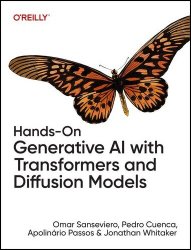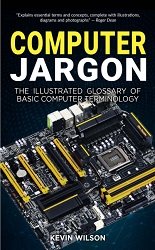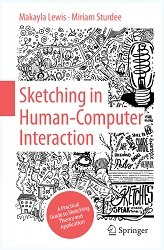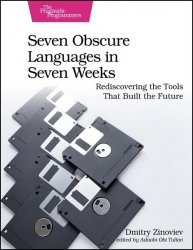 Название: Blockchain: Technology and applications for Industry 4.0, Smart Energy, and Smart Cities
Название: Blockchain: Technology and applications for Industry 4.0, Smart Energy, and Smart CitiesАвтор: Matevž Pustišek, Nataša Živić, Andrej Kos
Издательство: De Gruyter
Год: 2022
Страниц: 182
Язык: английский
Формат: pdf (true), epub
Размер: 21.3 MB
Blockchains are seen as a technology for the future, which reduce the cost of trust and revolutionize transactions between individuals, companies and governments. The sense of using blockchains is to minimize the probability of errors, successful frauds and paper-intensive processes. For these reasons, blockchains already have and will have a significant impact to the society and every day's life, especially in field of Machine to Machine (M2M) communications, which are one of the basic technologies for Internet of Things (IoT). Therefore, blockchains with their inherent property to provide security, privacy and decentralized operation are engine for todays and future reliable, autonomous and trusted IoT platforms. Specially, a disruptive role of ledger technologies in future smart personal mobility systems, which combine smart car industry, smart energy/smart cities will be explained in the book, considering its importance for development of new industrial and business models.
Distributed Ledger Technologies (DLTs) enable an innovative special form of electronic data processing and its memorizing. As the main part, a distributed ledger is a decentralized database that allows all the members of a concerned network to read and write data in it. Unlike centralized databases, no central instance allowing data writing and reading is needed here. Instead of having a centralized control, any network member can add data anytime, after which a process of data actualization follows. Each network member is provided with the newest up-to-date state of a database.
As DLTs reduce the cost of trust and revolutionize transactions between individuals, companies, and governments and minimize successful frauds, error possibility, and paper-intensive processes, they are considered a progressive technology of the future. They can have a crucial impact on society in every respect, especially in machine-to-machine (M2M) communications, one of the basic technologies for the Internet of Things (IoT). Besides providing security, privacy, and decentralized operation, DLTs stand for reliable, autonomous, and trusted IoT platforms now and in the future.
DLT follows a new data recording, sharing, and synchronizing method across multiple ledgers (data stores). A distributed ledger (DL) is a database that is independently created, maintained, and updated by each node (or participant) in a large network. All the records of a distributed ledger are shared and synchronized by consensus between nodes across the network. This happens without the help of any central authority. Consequently, each network node has its ledger copy, identical to others. Every time the ledger has to be updated with the new record(s), reaching a consensus results in getting identical copies on all nodes. This synchronization process is very fast, so that changes in a node’s ledger are copied into the ledgers on other nodes in just a few seconds (or perhaps minutes).
Cryptographic signatures are used to secure access to the ledger’s content, so that all DL data is accurate and safe. In many cases, to succeed in a cyberattack, an attacker has to target most DL copies simultaneously. Besides, if one or few copies are corrupted, the system as a whole will not be compromised.
Скачать Blockchain: Technology and applications for Industry 4.0, Smart Energy, and Smart Cities
[related-news] [/related-news]
Комментарии 0
Комментариев пока нет. Стань первым!















